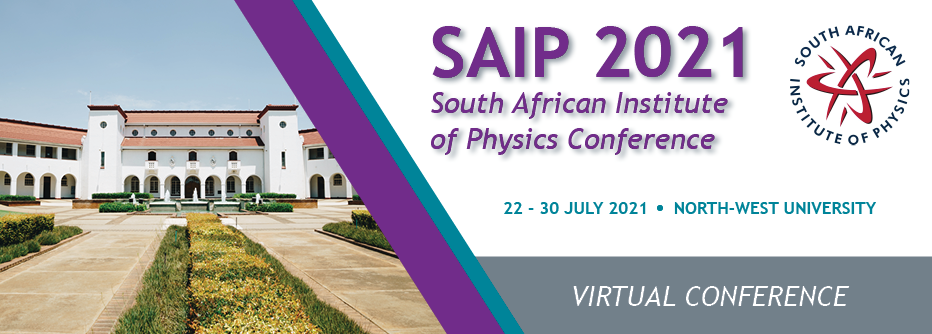Speaker
Description
The iThemba LABS fast neutron beam facility (D-line) is an international niche facility that can provide quasi mono-energetic neutron beams in the energy range of 30 MeV – 200 MeV using proton beams available from the separated sector cyclotron (SSC) [1]. The D-line is undergoing a major upgrade and redevelopment in order for it to meet the requirements to become designated as a medium- and high-energy neutron metrology facility [2]. As part of the ongoing upgrade, a new design for the D-line vault layout was implemented in 2019 to reduce the leakage of epithermal neutrons from the target area to the experimental area and extend the 16o flight path. Further upgrades include the addition of new instrumentation and data acquisition, and improved beam monitoring and control systems [3].
To complement the upgrade of the D-line, a fast remote target handling system will be installed to transport neutron-irradiated samples in and out of the high-flux area, close to the neutron producing target, to a counting facility shortly after irradiation for spectroscopy measurements of short lived species. Accordingly, monitoring of neutrons; both in the relatively low-flux zone (after the collimators), and in the high-flux zone (before the collimators) forms a crucial part of the redevelopment of the D-line.
Here, we present time of flight (ToF) and fluence measurements of 66 MeV and 200 MeV neutron beams produced at the iThemba LABS fast neutron beam facility, using a BC501A organic scintillator detector and 238U fission ionisation chamber. The ultimate goal is to design, construct, and characterize a modern detector system relative to the existing metrological standards, utilising plastic scintillators capable of pulse shape discrimination, silicon photomultipliers and digital pulse processing. The new detector will be used in the D-line for international key-comparison studies in the area of neutron metrology for medium- to high-energy neutrons.
[1] Mosconi et al., Radiation Measurements, 45, pp. 1342-1435, 2010
[2] Harano et al., Metrologia, 48, S292–S303, 2011
[3] Ndlovu et al, JACoW Cyclotrons 2019, TUP012, pp. 182 – 185, 2019
Level for award;(Hons, MSc, PhD, N/A)?
PhD
Apply to be considered for a student ; award (Yes / No)?
Yes

